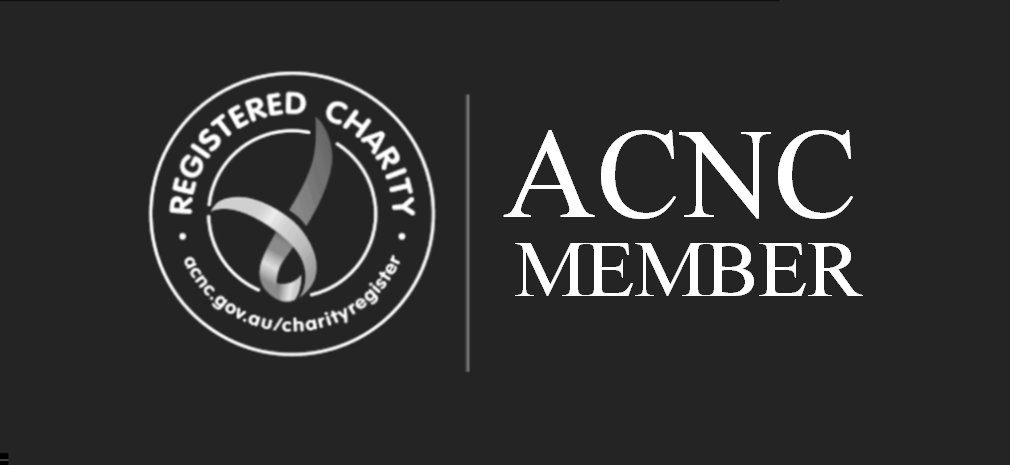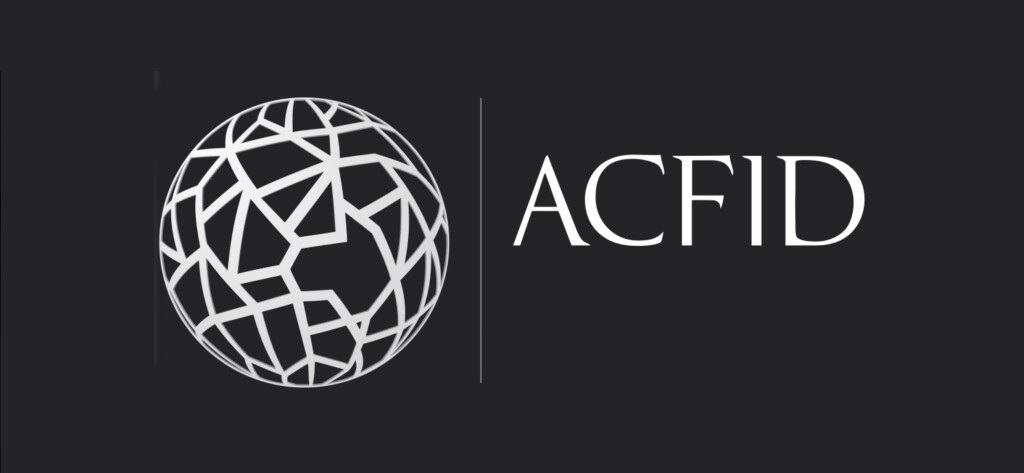.
Commitment 3.1 We seek durable and lasting improvements in the circumstances and capacities of primary stakeholders.
Compliance Indicators
Compliance with the Commitments will be assessed against the following Compliance Indicators. All of the applicable Compliance Indicators must be met by every ACFID Member to be considered compliant with the Code. Each of the Compliance Indicators has one or more compliance Verifiers. Verifiers are the description of evidence that is required to substantiate compliance with each Compliance Indicator. Guidance is also provided.
3.1.1 Members design initiatives in response to the root causes of poverty and inequity.
Verifier
Design or planning framework, tools, templates which require, or approaches which consistently show analyses of the causes of poverty and inequity.
Guidance
Your approaches could include: an investment of time and resources into deep contextual analysis prior to designing an initiative; seeking the perspectives and experiences of primary stakeholders directly impacted by poverty or inequality; creating initiative designs which respond holistically to a range of structural, social, cultural or other causes of poverty or inequality.
Your design or planning framework, tools and templates could include: explicit sub sections or prompts in the design document template relating to causes of poverty and inequality; a design appraisal tool or set of criteria that includes an assessment of the adequacy of contextual analysis and whether the design or theory of change addresses the causes of poverty or inequality.
3.1.2 Members identify and influence local organisations and/or primary stakeholders to enhance and promote their own development.
Verifier
Design or planning framework, tools, templates which require or approaches which consistently show the identification of local organisations and/or primary stakeholders and strategies to influence them.
Guidance
Your approaches could include: undertaking good contextual and stakeholder analysis so you can identify the key local organisations and stakeholders and the relationships between them that contribute to or can break down poverty and inequality; vulnerability, risk and capacity for each stakeholder group; identification of key groups marginalised through vulnerability; investing resources in and creating opportunities for local organisations and/or primary stakeholders to discuss and agree on their own priorities for development; create opportunities for local organisations and/or primary stakeholders to fully contribute to the design and planning of initiatives that affect them.
Your design or planning framework, tools and templates could include: explicit sub sections or prompts in the design document template; a design appraisal tool or set of criteria that includes an assessment of the adequacy of contextual analysis, the role of local organisations and/or primary stakeholders in contextual and stakeholder analysis and the degree to which local organisations and/or primary stakeholders have fully contributed to the design and planning of initiatives that affect them.
3.1.3 Members support local partners to develop their capacity to influence their own development.
Verifier
Development and humanitarian initiatives consistently show evidence of capacity building.
Guidance
Your initiatives could include: jointly identifying with local partners their own priorities for development, their existing strengths and capacity gaps, and jointly developing actions and providing resources to build capacity through, for example, formal training or academic courses, mentoring, exchange visits, the provision of educational or organisational resources.
Good Practice Indicators
The following Good Practice Indicators describe a higher standard of practice than that set out in the Compliance Indicators. While Members do not need to meet the Good Practice Indicators to be considered compliant with the Code, they will self-assess against these indicators once every three years. This provides a clear pathway for Members to strengthen and improve practice over time.
- Training on the principles of sustainable development is provided to key personnel and partners.
- The extent to which initiatives lead to durable and lasting change is evaluated.
- Commitment to durable and lasting improvements is promoted to the public and external stakeholders.
GUIDANCE AND RESOURCES
Good Practice Guidance
Here are some practical suggestions for your organisation to further deepen and improve practice over time.
Context Analysis
- Develop a full understanding of the program’s context including the impact of national and community-level political, social, economic, cultural and environmental factors, as well as the enablers and the barriers to social change
- Seek the perspectives and experiences of primary stakeholders directly impacted by poverty or inequality
- Carry out an analysis of the key relationships that will impact the project, how that impact will occur, and how those groups or people can be positively engaged
- Train staff in how to carry out power analyses as a basic step in the preparation of any development activity
- Periodically review the context as it changes over time as part of regular monitoring activities and reflect any changes by adapting project plans and approaches.
Stakeholder Analysis
- Ensure program guidelines explicitly outline the importance of identifying the needs and expectations of all key stakeholders, including potential differences in interests and points of view.
- Use stakeholder analysis tools in project design so that you can identify: the key local organisations and stakeholders and the relationships between them that contribute to or can break down poverty and inequality; vulnerability, risk and capacity for each stakeholder group.
- Identify key groups marginalised through vulnerability.
- Conduct research to identify the enabling factors and barriers for participation of local people.
- Invest resources in and create opportunities for local organisations and/or primary stakeholders to discuss and agree on their own priorities for development and to fully contribute to the design and planning of initiatives that affect them.
- Assess the level to which primary stakeholders have been involved in the initial planning of the program and the level of consultation and engagement with various community groups and the local government
Capacity Building Approaches
- Invest time and resources in your partners’ broader mandate and strategy and capacity beyond specific projects considering for example non-project grants for training, systems development, etc.
- Host staff secondments from and between partner organisations.
- Jointly identify with local partners their own priorities for development, their existing strengths and capacity gaps, and jointly develop actions and provide resources to build capacity through, for example, formal training or academic courses, mentoring, exchange visits, the provision of educational or organisational resources.
Resources
- Developing local capacity and effective partnerships
- Spotlight on the Code – unpacking what QP3 means and how the Code speaks to sustainable change
- Spotlight on the Code –how NTA East Indonesia Aid approaches Quality Principle 3
________________________________
DAISI’s Commitment to Principle 3.1 We seek durable and lasting improvements in the circumstances and capacities of primary stakeholders.
- DAISI is very much committed to tackling the root causes of poverty and inequality, in a holistic manner that has local grass-roots support.
- We strong encourage local partners to develop their own capacity building.
- All DAISI visits have this as their primary objective, with assess from the community what is needed, and helping the local organisations, hospitals, doctors and nurses promote their own development, with DAISI there as support and guidance.
- This is where DAISI is very different to “Service Type” charities, which bring in all their own resources and personnel, and provide a service with no local input, planning or education, and no durable lasting change.
- The old adage, “Give a man a fish, he’ll be filled for a day, teach him to fish, and he will never be hungry again”.
- In a effort to provide lasting change, DAISI also regularly returns to assess, and build on upskilling as required.



